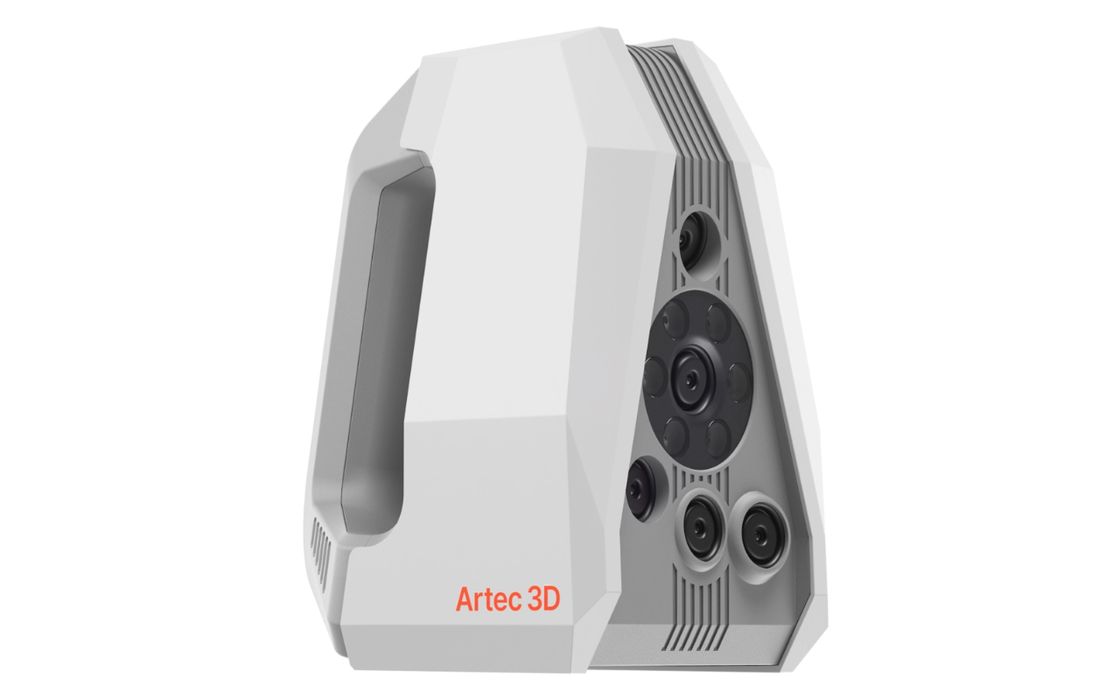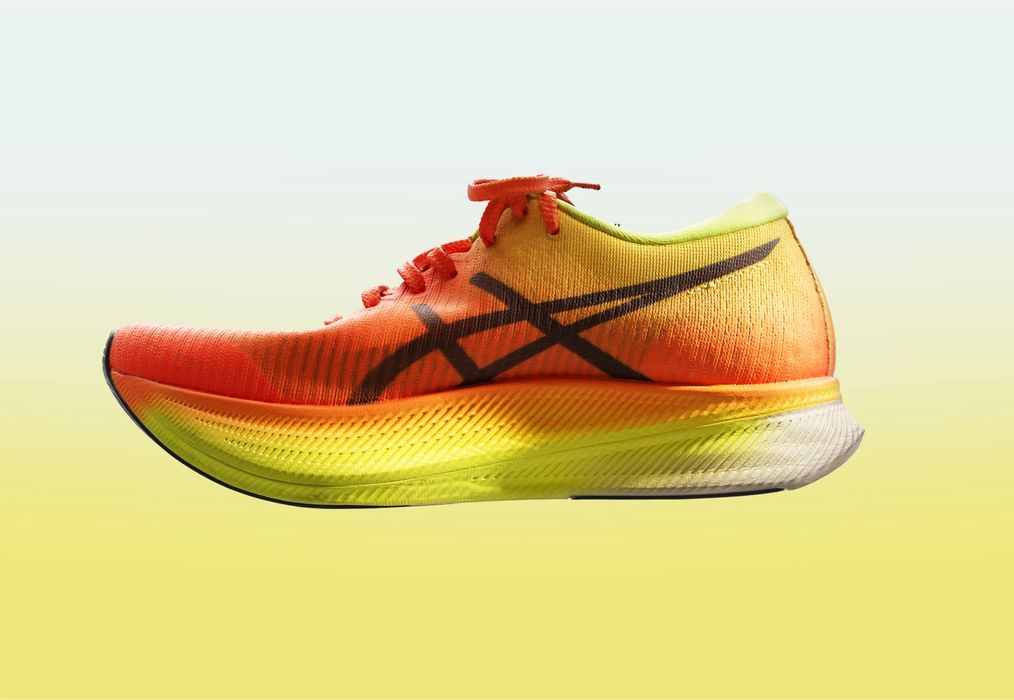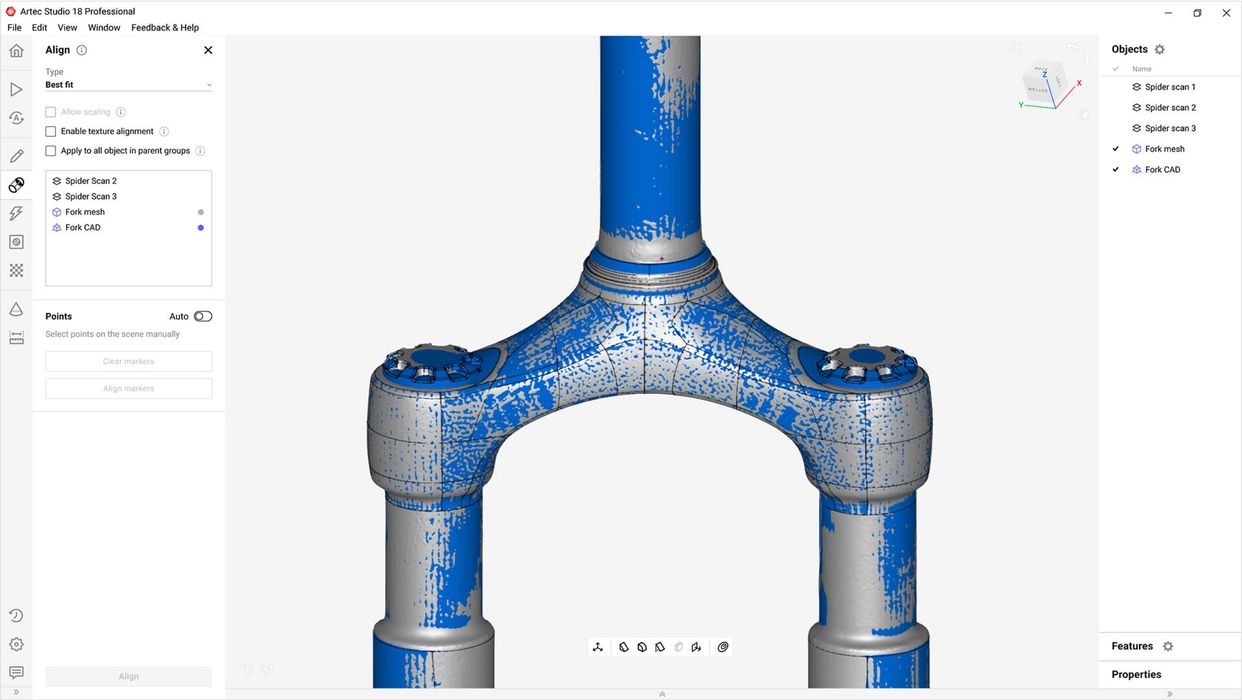
Artec 3D released a new handheld 3D scanner, the Spider II.
The Spider II succeeds the Space Spider, as the new device includes several major performance enhancements.
The accuracy of the Spider II is a very tiny 0.05mm, which is quite impressive. However, the big change is in the speed of operation, with two key differences.
The real time reconstruction rate is now 30fps, basically the same as standard video frame rates. This means it should be possible to move the scanner quite rapidly along the scan subject during capture.
The second change is the capture volume. All 3D scanners have what’s called a “working volume”. This is a 3D space in front of the scanner in which data is collected. The scanner operator’s job is to slide that 3D volume over all the surfaces of the subject.
In the Spider II, the working volume has been increased to twice the size of the Space Spider, meaning that each captured frame holds twice as much of the subject. In other words, the Spider II takes bigger bites as it scans. That should also speed up the capture process considerably.
The Spider II operates without the need for temporary markers, which some other devices require to maintain positioning. It can also easily capture dark or shiny surfaces, which can often be a challenge for 3D scanners.
Size-wise, it’s possible to capture small items with the Spider II, but you can also scan much larger items, such as an automobile. Note that the larger objects are also captured in the same 0.05mm resolution.
This raises a question: if extreme detail is captured from a larger object, can the device handle the vast amount of collected data? It turns out Artec 3D thought of this and includes a high speed Thunderbolt adapter on the Spider II. This should greatly speedup transfer of data from the device to the workstation for processing.

It’s possible to capture color textures on the subject, as you can see here. Artec 3D said the scanner is very suitable for scanning human subjects, and is able to easily capture wrinkles and other details. They say it can even capture fingerprints!

For software the Spider II works with Artec 3D’s standard platform, Artec Studio, which is now at version 18. This is a highly refined software tool for processing 3D scans. I’ve successfully used earlier versions of this powerful software, and it can only be better in current versions.
If you’re interested in obtaining a high-power professional 3D scanner for industrial, artistic or other applications, you might consider the Artec Spider II.
Via Artec 3D
